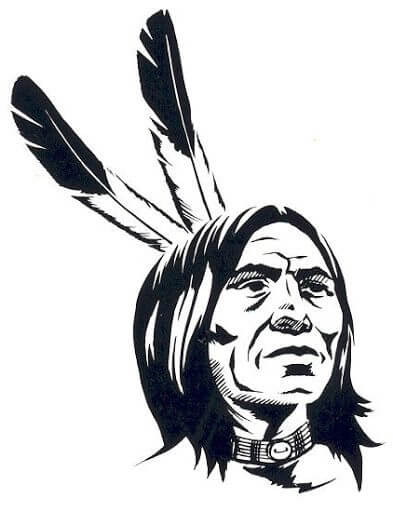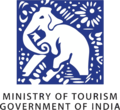- Home
- Holiday Ideas
-
-
- Choose Your Traveling Theme
-
- Adventure Tourism
-
- Cultural Tourism
-
- Tour Packages
-
-
- Packages by State
-
- Holidays by Interest
-
- Popular Tour Packages
-
- Fair And Festivals
-
- Ayurveda And Yoga
-
- Offers
-
- Destinations
-
Tribal Experience Of Chhatisgarh
 Tribal Experience Of Chhatisgarh
Tribal Experience Of Chhatisgarh
Explore the land that has different cultures. a number of these are as old as the region. Tribal tours in India provide you with an opportunity to witness the pure traditions that are still followed by different communities.
Duration: 9 Nights / 10 Days
Delhi – Raipur – Kawardha – Kanker – Kondagaon – Narayanpur – Jagdalpur – Raipur – Delhi
Cost: Consult 2025 rates (dependent on group size and preferences).
Discover the tribal life of Chhattisgarh, visit vibrant marketplaces, witness traditional dances, and see breathtaking sites including Kanger Valley National Park and Chitrakoot Falls.
Welcome to the Journey
Hello there! All set to delve into something very original? Finding the heart and soul of Chhattisgarh’s tribal inhabitants drives our Tribal Experience of Chhattisgarh with Namaskar India Tour. Think of vivid cultures, kind people, and amazing landscapes. This nine-night, ten-day journey winds through towns, markets, and woodlands where daily customs of tribes suchas Gond, Maria, and Baiga are carried on. Anyone who wishes to visit a side of India off the normal route in 2025 and enjoys real adventures will find it ideal.
Your Daily Strategy
Day 1: Set out from Delhi.
land in Delhi, the vibrant capital of India. We will show you to your accommodation and grin broadly to welcome you. If you have energy, stroll or look at the surrounding sites like the India Gate. Sleep comfortably in Delhi.
Day 2: Flight + 120 km journey from Delhi to Raipur – Kawardha
Get on a short flight to Raipur, your point of arrival in Chhattisgarh. We will next proceed to Kawardha, where you will stay in the lovely Palace. See the Baiga tribe people in a nearby temple to learn about their customs. Rest at the palace to have your “Tribal Experience of Chhattisgarh”.
Day 3: Kawardha – Meeting the Tribes
Today is focused on surrounding Baiga and Gond villages. See their amazing tattoos, visit their bamboo crafts, and enjoy their music and dancing by a small bonfire. You will find great vibes here! Spend an overnight in Kawardha.
Day 4: 180 km drive, Kawardha to Kanker
Go to Kanker, a site bursting with tribal narratives. See Kanker Palace as well as the surrounding Muria and Maria communities. Discover their celebrations and witness their incredible metal crafts. Rest in Kanker.
Day 5: 150 km travel from Kanker to Kondagaon
Get driven to Kondagaon, well-known for their indigenous handicaps. View craftspeople creating wooden objects and terracotta. Then visit Narayanpur for a vibrant tribal market where residents offer handcrafted items. Overnight at Narayanpur for your “Tribal Experience of Chhattisgarh“.
Day 6: 120 km journey from Narayanpur to Jagdalpur
Welcome to Jagdalpur, the core of tribal life for Bastar. See the Anthropological Museum to find information about the tribes. See the renowned Bison Horn dancing in Dandami Maria communities. Remain at Jagdalpur.
Day 7: Jagdalpur – Environment and Falls
Discover Kanger Valley National Park, a stunning area featuring tiger habitat and cave systems. Then go to Chitrakoot Falls, a quite amazing large waterfall. Back in Jagdalpur, have evening tribal storytelling. Rest well.
Day 8: Markets and Crafts in Jagdalpur
Beginning your morning at the weekly market in Jagdalpur, which hums with tribal activity, Get some terracotta keepsakes and see craftspeople. See metal and bamboo craftsmanship at the craft villages run by Kondagaon. remain in Jagdalpur.
Day 9: 280 km travel from Jagdalpur to Raipur via Champaran
Head to Raipur, stopping at Champaran, a holy site connected to Saint Vallabhacharya. See a beautiful temple and explore the ancient Buddhist remains of Turtriya. Spend the evening at Raipur relaxing.
Day 10: Flight from Raipur to Delhi
Return by flight to Delhi. If time permits, tour the Red Fort, Jama Masjid, or vibrant Chandni Chowk market in Old Delhi. Head home bearing wonderful recollections of your “Tribal Experience of Chhattisgarh“.
Why You Will Love This Travel in 2025?
- See the dances of the Gond, Maria, and Baiga tribes; shop at their markets.
- Good for Communities: Our responsible travel supports nearby villages and artists.
- Beautiful Nature: The views are amazing from the caverns of Kanger Valley to Chitrakoot Falls.
- Make It Yours: If you would prefer, spend more time in villages or arrange a wildlife safari.
- Every moment becomes unique since our local guide is familiar with the tribes and their stories.
What is Included?
- Comfy stays at beautiful resorts, eco-lodges, or historic hotels.
- Every day, breakfast, lunch, and dinner (taste Chhattisgarhi cuisine!).
- Private vehicle with AC for all tours and trips.
- India’s flights (Delhi–Raipur–Delhi).
- English-speaking park and museum admission passes and guides.
- Tribal dancing performances and handicraft seminars.
What is not included?
- Airlines from India and visa expenses.
- Personal items, including tips, mementos, or laundry;
- Travel insurance (ideal for 2025).
- Additional excursions, including picture tours or safaris.
Advice on Your Travel
October to March is ideal; pleasant weather and exciting celebrations like Bastar Dussehra (October 2025).
- Bring cozy clothing, decent walking shoes, bug spray, and a camera for the stunning views.
- Ask before shooting pictures of people and respect local customs.
- Hotels have Wi-Fi; villages might not have such a strong network.
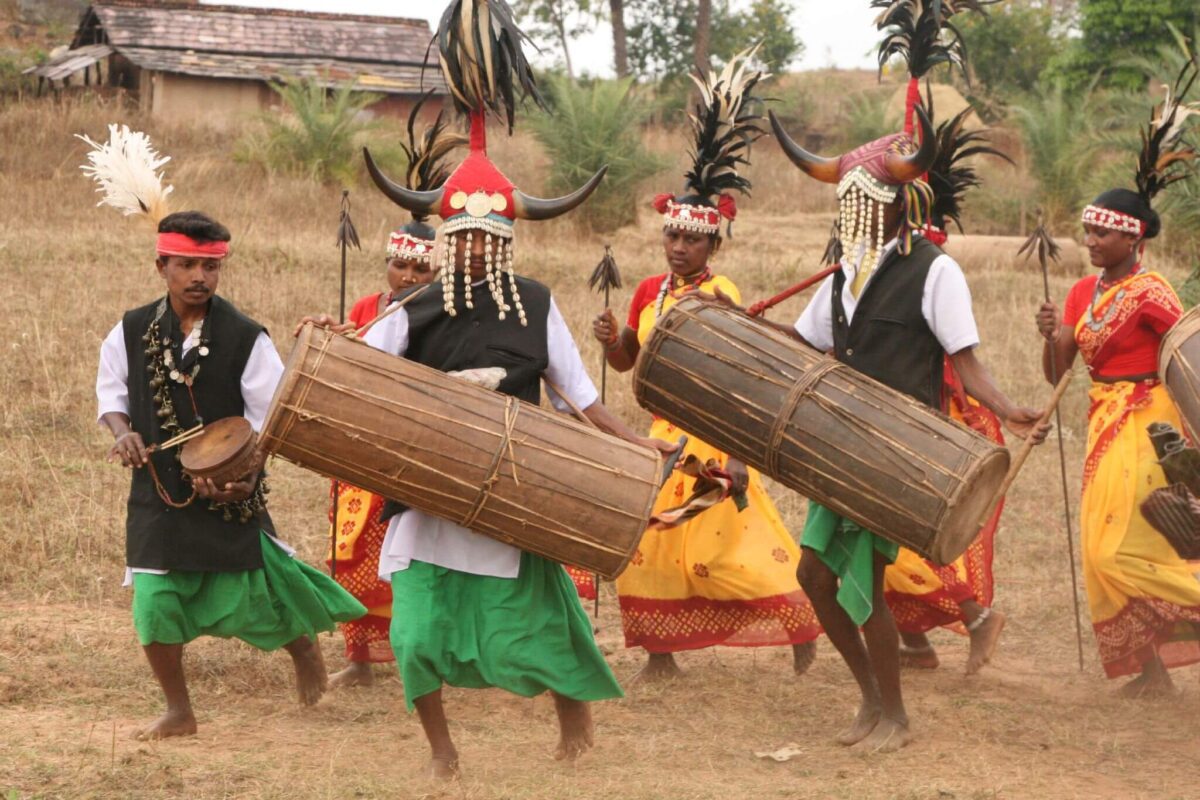
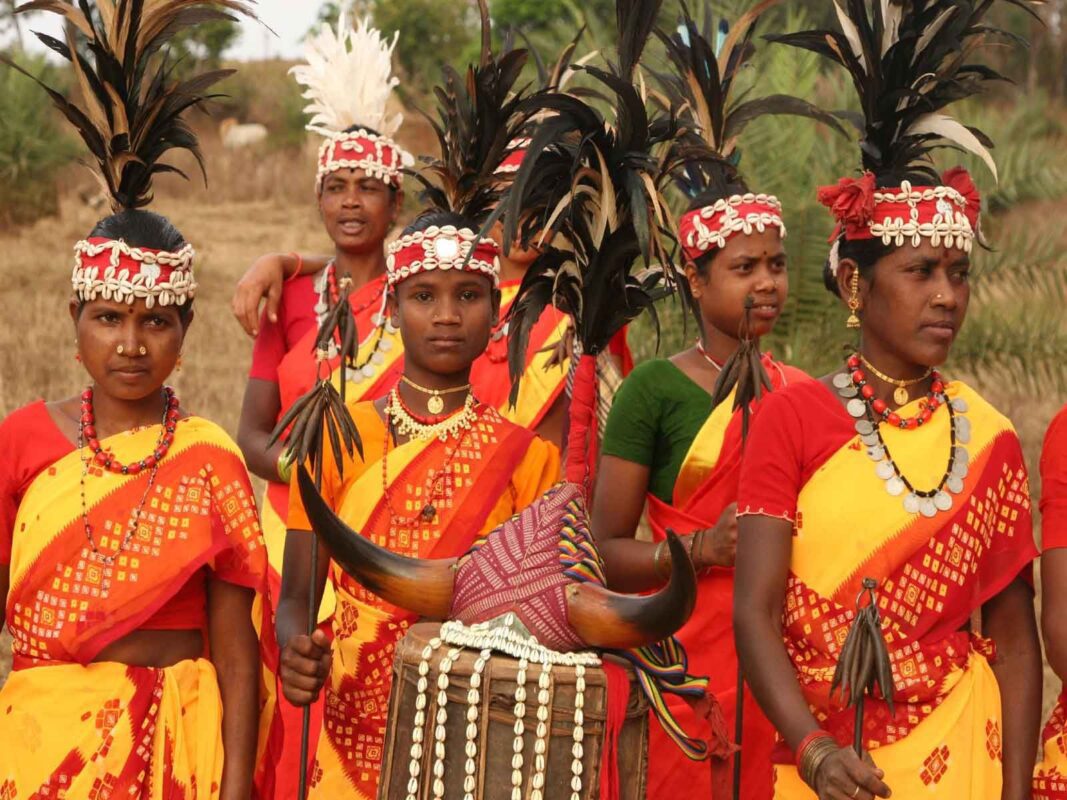
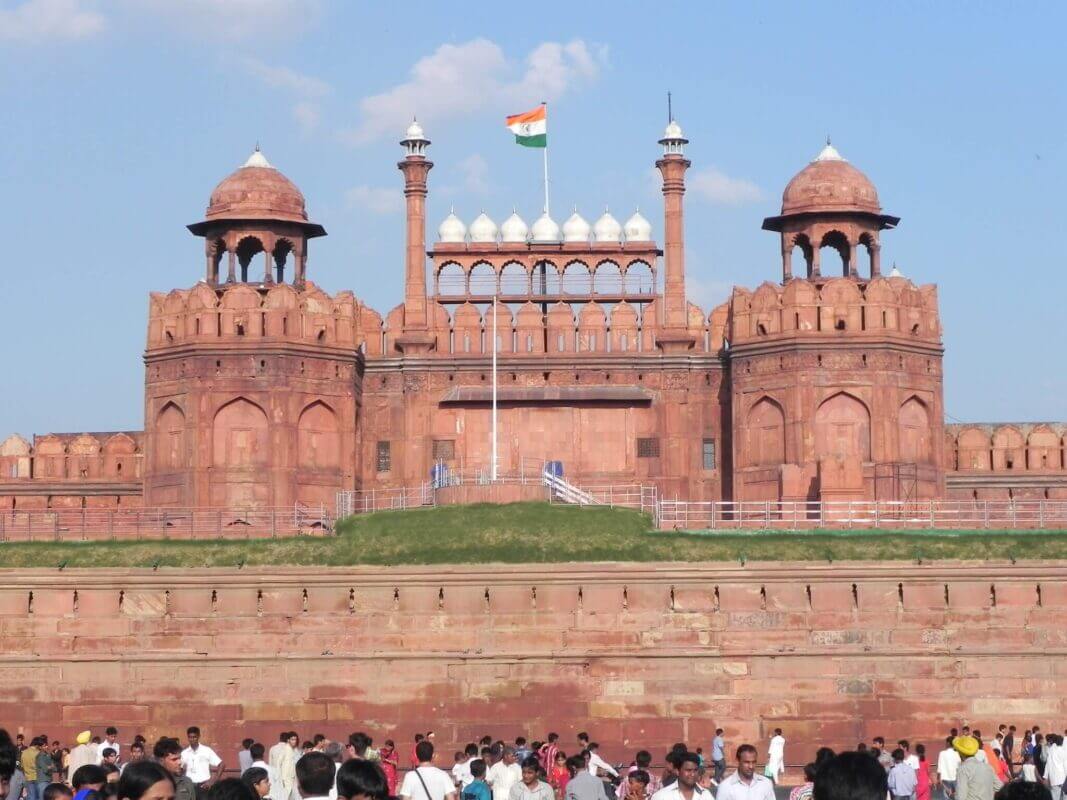
Duration:10 Days / 09 Nights
Explore the land that has different cultures. a number of these are as old because of the region. Tribal tours in India provide you with an opportunity to witness the pure traditions that are still followed by different communities.
-
1
Day 01: Arrive Delhi
Red Fort
Arrive by flight, after traditional ‘Swagat’ (Welcome) our representative would assist you at airport & transfer to hotel for sign up. Delhi is a bustling metropolis, which successfully combines in its folds the traditional with modern. In fact, more mythological cities are believed to be here, just like the city of Indraprastha from the Hindu epic Mahabharata, founded around 5000 BC. You will visit some beautiful monuments of New and Old Delhi such as India Gate, Jama Masjid, Raj Ghat, President house. Overnight Hotel
-
2
Day 02 : Delhi - Raipur (IC-869 - 0550-0730 hr),
Today we take a flight to Raipur, Upon arrival at Raipur we drive to Kawardha, located within the north-west of Chattisgarh under the slopes of the Maikal Hills, is that the ancestral home & private residence of Maharaja Vishwaraj Singh & family. Palace Kawardha offers a singular blend of calm, history & old-world charm that has captivated & all those that like to explore India’s many diverse & hidden paths. This town is a window to Chhattisgarh’s tribal culture & Indian hospitality. Later we explore the Palace Kawardha & nearby cultural sites. Stay overnight at hotel.
-
3
Day 03: Kawardha
Today we visit Radha Krishna temple, the family temple was built by this Maharajas forebear Raja Ujiyar Singh 180 years ago. The underground rooms where the Sadhus practiced their special ceremonies of ritualistic asceticism can still be seen. While a walk around the adjacent Ujiyar Sagar (Holy water tank) provides many various & interesting views of the temple also as an insight into the everyday activities of the people. Next Saroda Reservoir, covering 500 acres of lowland & is about 12 km from the palace. One can swim wander along the shore or try your hand at fishing from small boats. Alternatively, it’s a wonderfully peaceful place to easily sit & read or contemplate your surroundings for a short time. The sunsets here are beautiful & capturing one on film to require house is quite inspiring. Bhoremdeo group of temples, go back to the 11th century. they’re decorated with exquisite stone carvings illustrating many of the favored Deities involved in religious activities. Visions of beauty tenderness & nature are combined with baffling eroticism & violent war like encounters. they’re next to the Pushpa Sarovar (lake) where beautiful Paradise Fly-Catcher birds are often spotted among the trees & bushes.
Later we experience the gentleness of Baiga & Gond Tribal villages, equally fascinating are the TOLAS (settlements) of those tribal folk. They adhere rigidly to an easy & primitive lifestyle & live alongside nature within the heart of the remote forested areas. they’re a mild peace-loving people that make even the slightest incident a cause for celebration. it’s a privilege to witness their delightful fire-lit tribal dances & particularly exciting if you’re invited to participate in their colorful gaiety. Overnight Hotel .
-
4
Day 04: Kawardha - Raipur - Kanker (240 km- 03 hr)
Today we repel to Raipur for lunch. Later we proceed to Kanker, finds mention within the Ramayana & Mahabharata, as a part of the dense forest area named Dandakaranya. within the 6th century BC, the region was a middle for Buddhism. From 106 AD onwards to 1100 AD, it had been ruled by the Satavahanas, Nags, Vakataks, Guptas, Nal & Chalukyan dynasties. At one point, the dominion extended to the world that forms the modern-day states of Orissa & Maharashtra. it’s filled with small hilly pockets & has five rivers running through it – Doodh, Mahanadi, Hatkul, Sindur & Turu. Upon arrival, we’ll be entertained by a dance performance by the tribal people. Overnight Hotel .
-
5
Day 05: Kanker - Kondagaon & Narayanpur (125 km - 03 hr oneway)
Today we take an excursion to Kondagaon & Narayanpur tribal belt. We reach forested Keshkal Ghat which marks the border of Bastar. We proceed towards Muria tribal village. There are several totems & several gods of Muria villages & tribal sub-groups. Murias have their own superstitious & sorcery practices.
Later we reach the colorful & spectacular weekly tribal market in Narayanpur. Kondagaon & Narayanpur are famous for the finest Bastar handicrafts like bronze figures, woodcraft, iron & bamboo artifacts. An early evening dance by youthful members of Bastar’s unique ‘ghotul’ dormitory system completes an unforgettable day & we return to Kanker.Overnight Hotel (Market only on Sunday at Narayanpur)
-
6
Day 06 : Kanker - Jagdalpur (145 km- 04 hr)
Today we’ll head to Jagdalpur, packed with lavish green mountains, profound valleys, thick woodlands, streams, cascades, caverns, normal parks, heavenly landmarks, rich characteristic assets, enchantment herbs, overflowing party and ecstatic solitude, Bastar, the very name spells magic, conjuring up images of the royal past & the tribes. Bastar’s main town & former capital.
En Route we visit local Bison Horn Maria tribes another sort of Gonds tribes. They adorn the bison horns during their dancing rituals. They collect minor forest produce. they are doing not plow the world because it would mean inflicting pain on her body. Pointed wood pieces are used for piercing earth crust for cultivation. Stone implements are used for harvesting produce. They perform the marriages through Ghotul System. Divorces & remarriages are common but adultery isn’t allowed. Marriages amongst the offspring of blood relations are common.
Later we visit the Chitrakote Water fall, Nestled within the mountain rages of Vindhya, constitute one among the foremost spectacular natural wonders of the planet. Visitors can look at the cool waters of Indravati because it flows, broad & placid, to the brink of the mighty mountain ranges of Vindhya. Overnight Hotel
-
7
Day 07: Jagdalpur
Today we take visit the Kanger Valley park, abundance of nature’s bounties heaped in & around this park, are sure to attract an outsized number of wildlife conservationists, nature lovers & eco-friends to go to this most breathtaking wilderness area. Founded within the year 1982, within the Kanger valley, the Park is one of the premier tourist attractions of the world. it’s situated on the banks of the Kholaba river. a number of the various habitats of this park Panther, Chital, Chousing, Sambhar, Chinkara, Tiger, muntjac, chevrotain [rare] Bear, boar, Wild dogs, Felis chaus, Langoor, Blackbuck. Kailash & Kutumser caves, within which nestle a powerful treasure of stalagmite & stalactites. The Kanger valley is merely an hour’s drive from Chitrakote. The tropical, moist deciduous jungle is so dense that we can’t see much wildlife albeit crocodiles, pythons, tigers, panthers, hyenas are known to prowl within the folds of this 200 sq km hilly forest. A mud-track drive through a couple of tribal villages culminates into a verdant hill. These limestone caves are hollowed out by many years of water action. Additionally, we visit the Tirathgarh cascades, the tough extraordinary thing about the elevated mountains romancing the gleaming cascades, where water dives numerous feet in huge volume, shaping a fabulous picturesque magnificence. The fury & great thing about these milky waterfalls is best seen when full flux, just after the copious monsoon when it attains its full 160 meters width & falls 100 meters at heart on the waiting Mugabahar River.
Later we visit The Anthropological Museum, established within the year 1972. This Museum is found within the office of the Anthropological Survey of India. an important center for intellectual discovery & reflection about human cultures, the anthropological museum of Jagdalpur, found out by the Anthropological Survey of India, collects & preserves historical & contemporary anthropological materials that document the human cultures & the history of the discipline. Its collections represent the four fields of anthropology – ethnology, linguistics, archaeology, & anthropology. Overnight Hotel
-
8
Day 08: Jagdalpur - Raipur (245 - 05 hr)
Today we repel to Raipur, supported the ruins of a fort & other structures located on the southern a part of the town, some historians believe that the town of Raipur was alive even during the 9th century. However, most historians agree that King Rama Chandra founded the town within the half-moon of the 14th century. the town is found near the center of an outsized plain, sometimes referred because the “rice bowl of India” – where many sorts of rice are grown. The Mahanadi River flows to the east of the town of Raipur & the southern side has dense forests. Overnight Hotel
-
9
Day 09 : Raipur - Champaran (60 km - 02 hr),
Today we visit the Champaran, village (formerly referred to as Champajhar) has religious significance because of the birthplace of Saint Vallabhacharya, the reformer & the founding father of the Vallabh Sect. it’s a temple constructed in his honor. Next Turturiya, village, on the banks of the Turturiya spring (also called Sursuri Ganga), is surrounded by forests. it’s many Buddhist ruins from the 8th century AD, also as Brahmanical ruins of a later period. you’ll see many exquisitely sculptured pillars, remains of a brick stupa, traces of bathing ghats, lingams, figures of 4 armed Vishnu, & Ganesha idols.
Also visit Sirpur, a stimulating site, one hour east of Raipur. Sited on the banks of the holy Mahanadi River & referred to as ‘Shripur’ in past, it had been the capital of South Kosala.
Laxman Temple believed to possess been inbuilt the 7th century, is one among the best brick temples in India, in fitness, & characterized by exquisite carvings & precise construction. Sheshnag is an umbrella to Load Shiva on the highest of the doorway, while incarnations of Load Vishnu, Krishna Leela ornamental symbols, & erotic carvings adorn the edges. Upon arrival assistance & check-in hotel for overnight stay.
-
10
Day 10 : Raipur - Departure
After breakfast transfer to the airport to board flight for onward destination.
 TOUR BOOKING
TOUR BOOKING
WANT TO RENT A CAR IN INDIA ?
Choose Your Traveling Theme

 TOUR BOOKING
TOUR BOOKING





